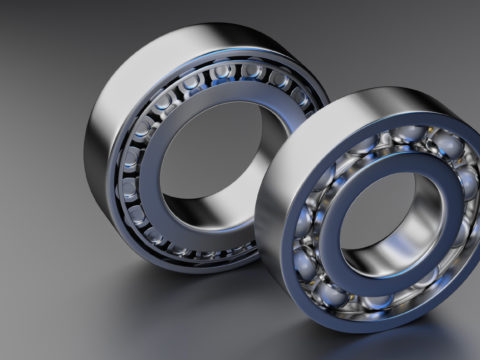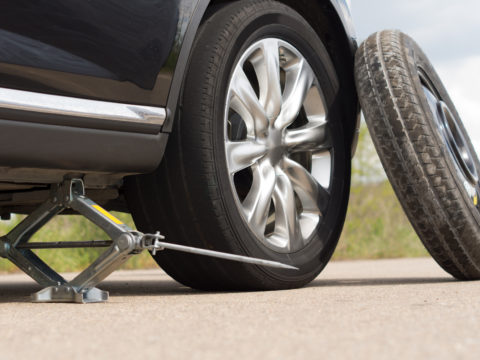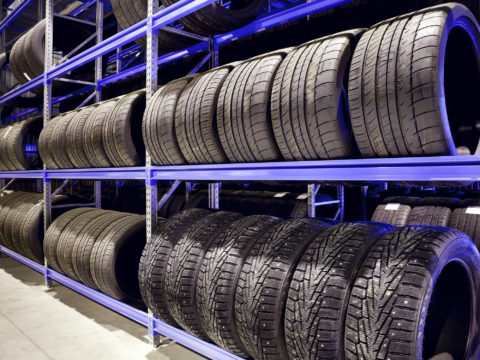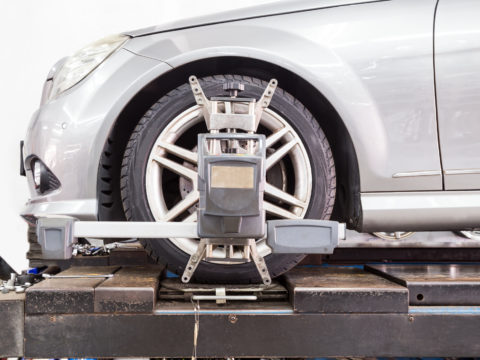Inflating a car tire with a bike pump is an easy, cost-effective way to get your vehicle back on the road. It’s not as complicated as it sounds and requires minimal effort. With just a few simple steps, you can have your tires pumped up in no time.
Here we will outline how to inflate a car tire with a bike pump to save yourself some money and time when dealing with flat tires.
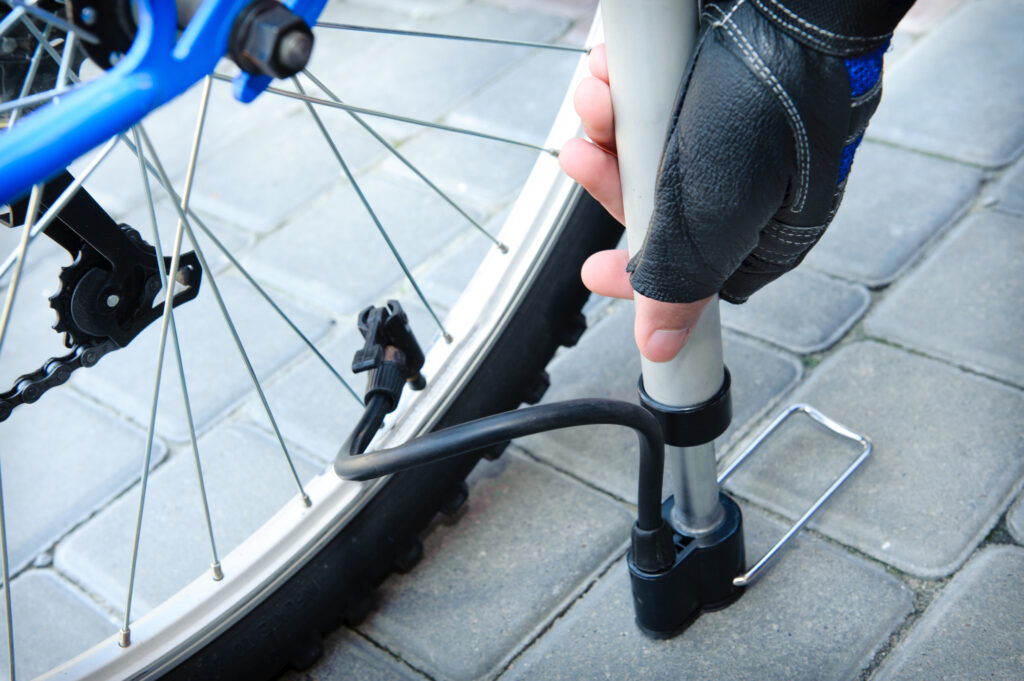
Contents
Is a Bicycle Pump the Same as a Car?
No, a bike pump isn’t the same as a car pump; they do similar things, but their inner workings are quite different. For example, a bike pump will have shallow bellows with a low air pressure output to power up bicycle tires filled with compressed air.
Meanwhile, a car pump will have much deeper bellows and can reach much higher pressure levels due to the inflated nature of car tires. Interestingly, you can use specific bike pumps for more than just topping up your bicycles – they can inflate any item requiring compressed air, like footballs or swimming rings.
Can You Pump Car Tires with a Bike Pump?
You may wonder if you can inflate car tires with a bike pump, and the short answer is yes. It’s relatively easy to do so. Although a bike pump is intended to pump bicycle tires, it will work just as well to pump car tires – provided that you select the correct nozzle size.
It’s important to note that this isn’t always the most efficient way of inflating a car tire – an air compressor or air station would be much easier and more reliable.
However, if you’re in a pinch and have nothing else available, pumping your tire with a bike pump is still better than driving on an underinflated tire. With some patience (and some elbow grease), you’ll return on the road in no time.
How To Inflate a Car Tire with a Bike Pump
Inflating a car tire with a bike pump follows the same basic steps as inflating a bicycle tire. The only differences are the nozzle size and the time it takes to fill the tire. As a result, you can have your car tires back in working condition in five simple steps.
Step 1: Select the Correct Nozzle Size
It’s crucial to select the correct nozzle size for your bike pump. Most bike pumps have a removable nozzle adapter, which can usually be changed to fit different sizes of valves. To find out which one you need, check the valve stem on your car tire and use that information to purchase the correct nozzle adapter.
The best way to find the correct size is to measure the outside diameter of the valve stem. You can do this by using a ruler or caliper. While you’re at it, you should also check for any damage to the tire valve – if there is any, you’ll need to replace it with a new one.
Step 2: Attach the Nozzle to the Valve
Once you have purchased and fitted the correct nozzle, attach it to the tire valve. Ensure it is secure and not at risk of coming off while pumping. You can use some tape to hold it in place to ensure it is secure.
If the nozzle isn’t attaching correctly, there are a couple of things you can do. First, ensure you have the correct size nozzle that is compatible with your car tire valve (see step 1 above). Secondly, try using a bit of lubricant. A light oil or petroleum jelly can work wonders in this situation and simplify the process.
Step 3: Pump Up the Tire
Once the nozzle is attached to your tire, it’s time to start pumping. Filling the tire may take a while, so be patient and keep pumping until it is inflated. Depending on your bike pump, you may need to adjust the pressure control to increase the air released.
Remember that pumping up a car tire with a bike pump is usually much slower than using an air compressor. You may need to spend more time pumping up the tire than usual, so be prepared for that.
Step 4: Check the Tire Pressure
Once your tire is full, it’s essential to check the pressure. You can do this by using a tire pressure gauge. You may want to repeat this step several times to ensure the pressure is consistent. You know it is full when the pressure gauge reads the correct tire pressure specified in your vehicle’s manual.
However, keep in mind that your bike pump may not be able to reach the exact pressure required. In this case, you may need to inflate the tire above the recommended pressure and slowly release the air until you reach the desired pressure.
Step 5: Detach the Nozzle
Now that your tire is full, all you need to do is detach the nozzle from the valve. Ensure you twist off the nozzle in a counter-clockwise direction, then store it somewhere safe.
If you have the valve cap for the tire, make sure you put it back on. This is important as it helps to keep dirt and debris out of the valve stem and prevents the tire from becoming underinflated again.
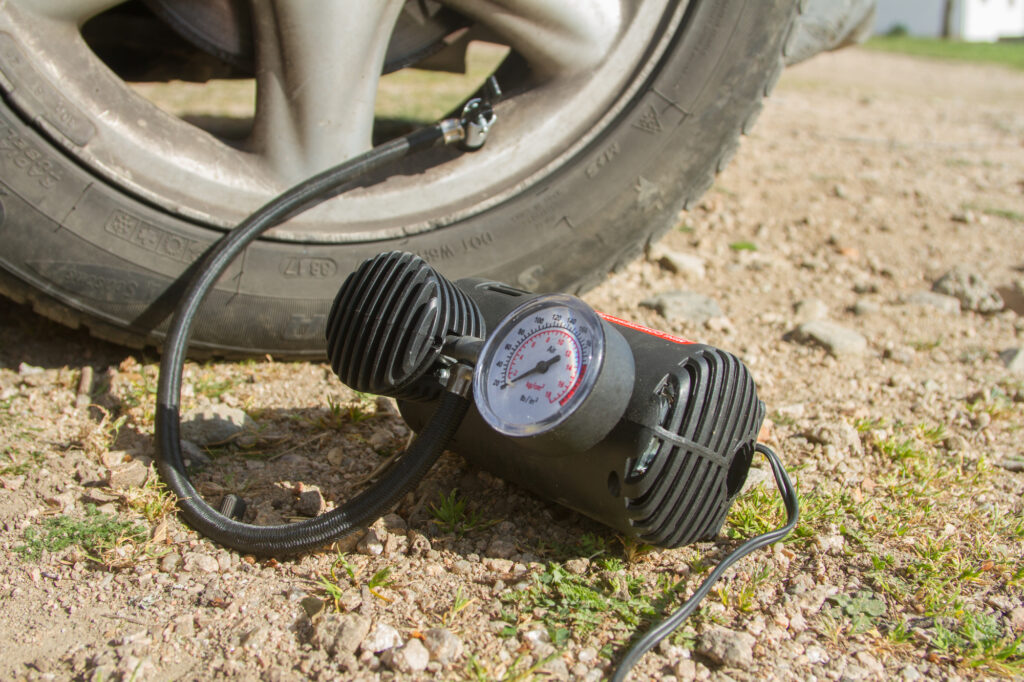
How Much PSI Can a Bike Pump Produce?
The amount of pressure a bike pump can produce depends on the type and size of the pump you use. Generally speaking, most bike pumps can reach up to 100 psi (pounds per square inch). This is enough to fill most car tires.
However, if your car requires a higher pressure than this, you may need to invest in a separate air compressor or purchase an adapter for your bike pump. This will enable you to reach the higher pressures required.
How Long Does it Take to Pump Up a Car Tire with a Bike Pump?
The amount of time it takes to pump up a car tire with a bike pump will vary depending on the size of your tire and how much pressure you need to reach.
Generally, it will take 15-20 minutes for most car tires to be filled with a bike pump. However, it could take longer if you are trying to reach a higher pressure than the bike pump is capable of.
In addition, if you’re not in great shape, it may take longer than 15-20 minutes. In this case, you may want to rest between pumping sessions or recruit a friend to help you.
Which Pumps are Best for Filling Up Car Tires?
If you’re looking for a bike pump that can also fill up car tires, there are a few options to consider. Here are two of the best bike pumps for filling up car tires:
Topeak Joe Blow Sport III Floor Pump
This floor pump is an excellent option for filling up bike and car tires. It has a dual-head design that works with Presta and Schrader valves and can reach pressures up to 160 PSI. The wide base provides stability while pumping, and the large gauge is easy to read.
Vibrelli Performance Bike Floor Pump
Another excellent option for filling up car tires is the Vibrelli Performance Bike Floor Pump. Like the Topeak Joe Blow Sport III, it has a dual-head design that works with Presta and Schrader valves. In addition, it can reach pressures up to 160 PSI, and it features an extra-long hose for easy access to hard-to-reach valves.
No matter which pump you choose, check the recommended pressure range for your car tires before inflating them.
Conclusion
Inflating a car tire with a bike pump is not as difficult as it may seem. With the right tools and patience, you can inflate your tires in no time. Remember to check the tire pressure with a gauge and always fill your tires up to the recommended pressure.

